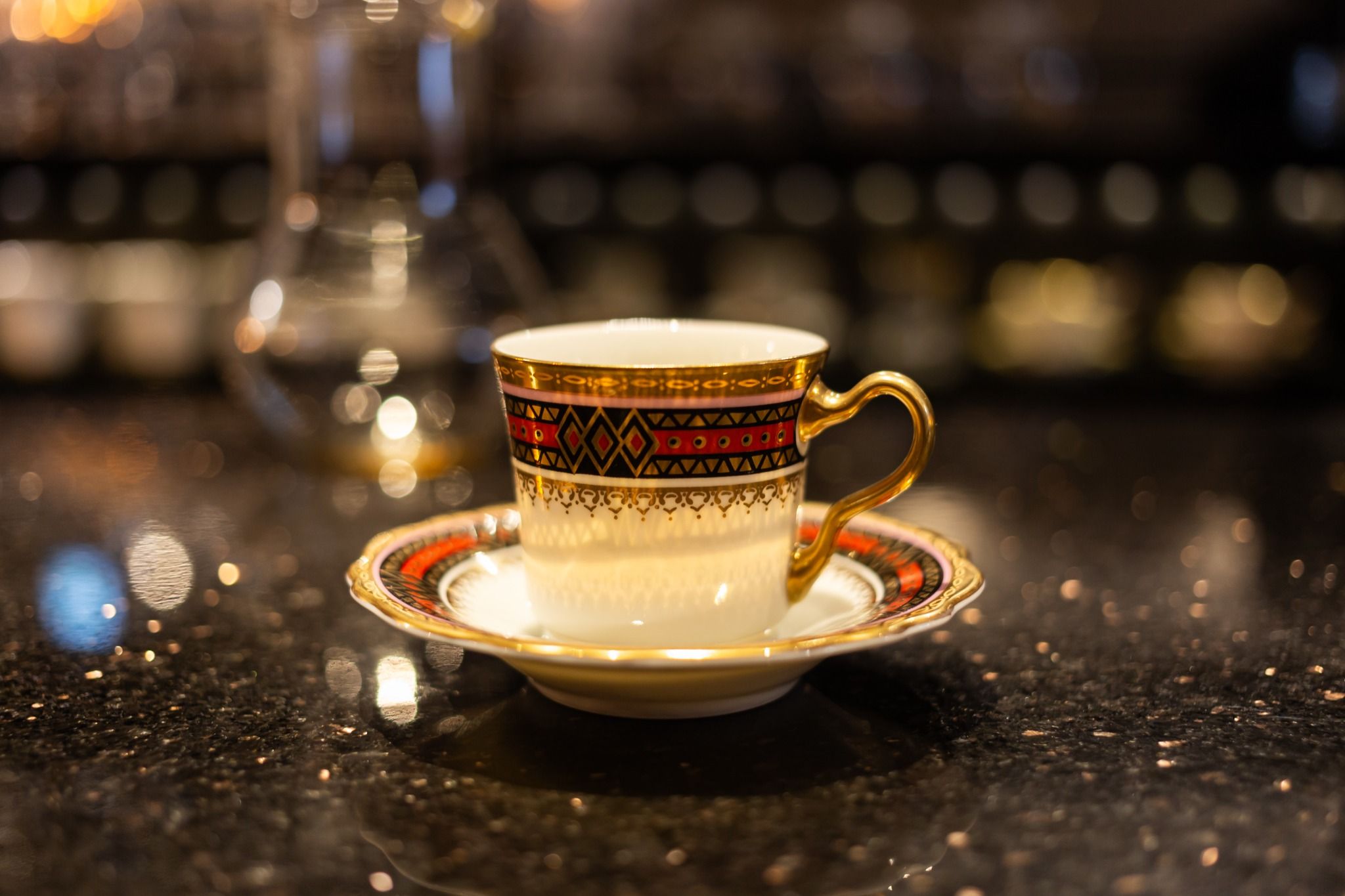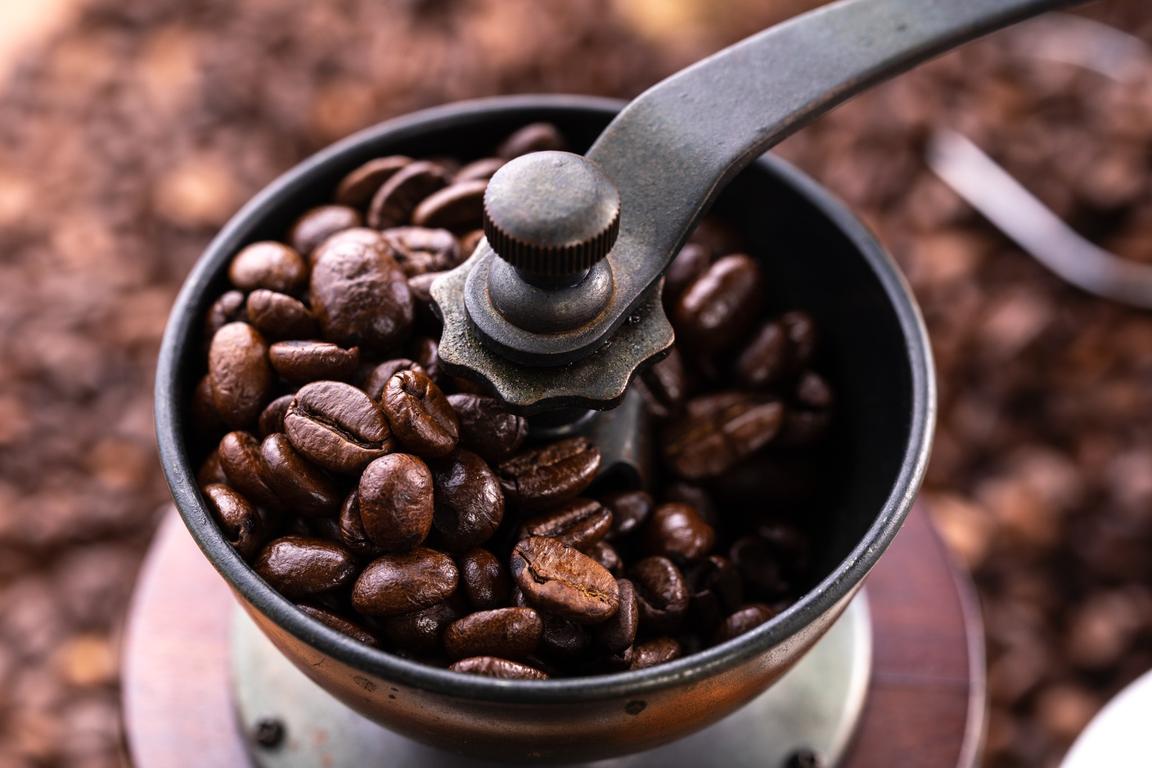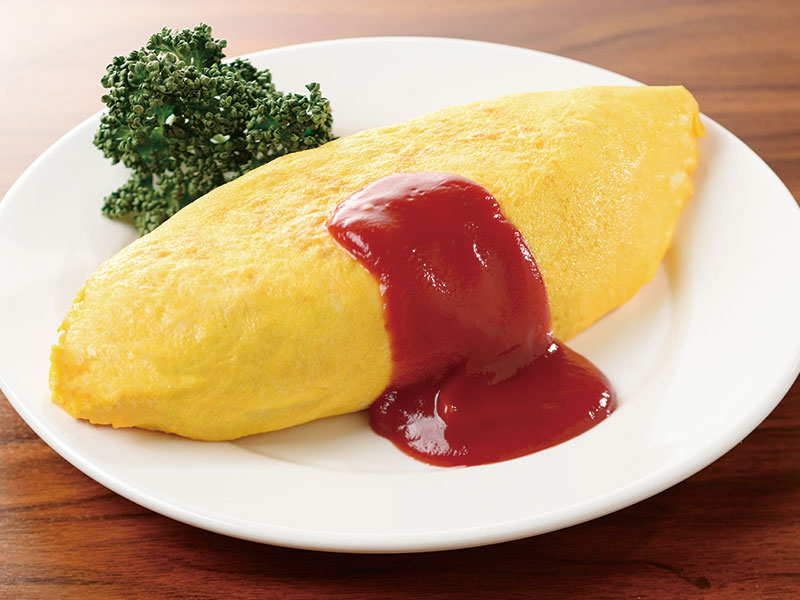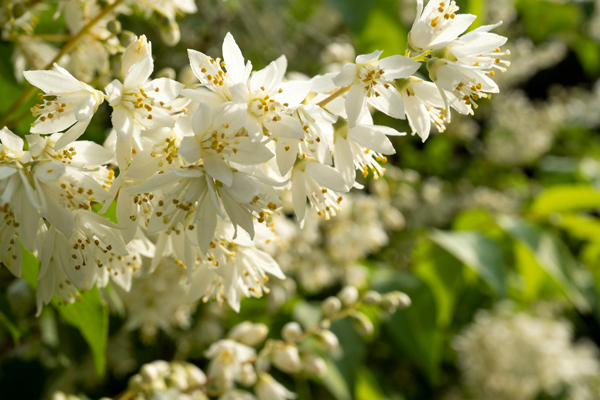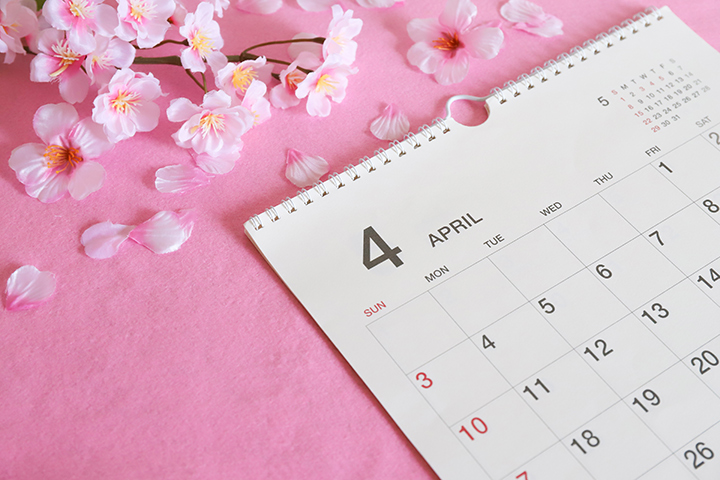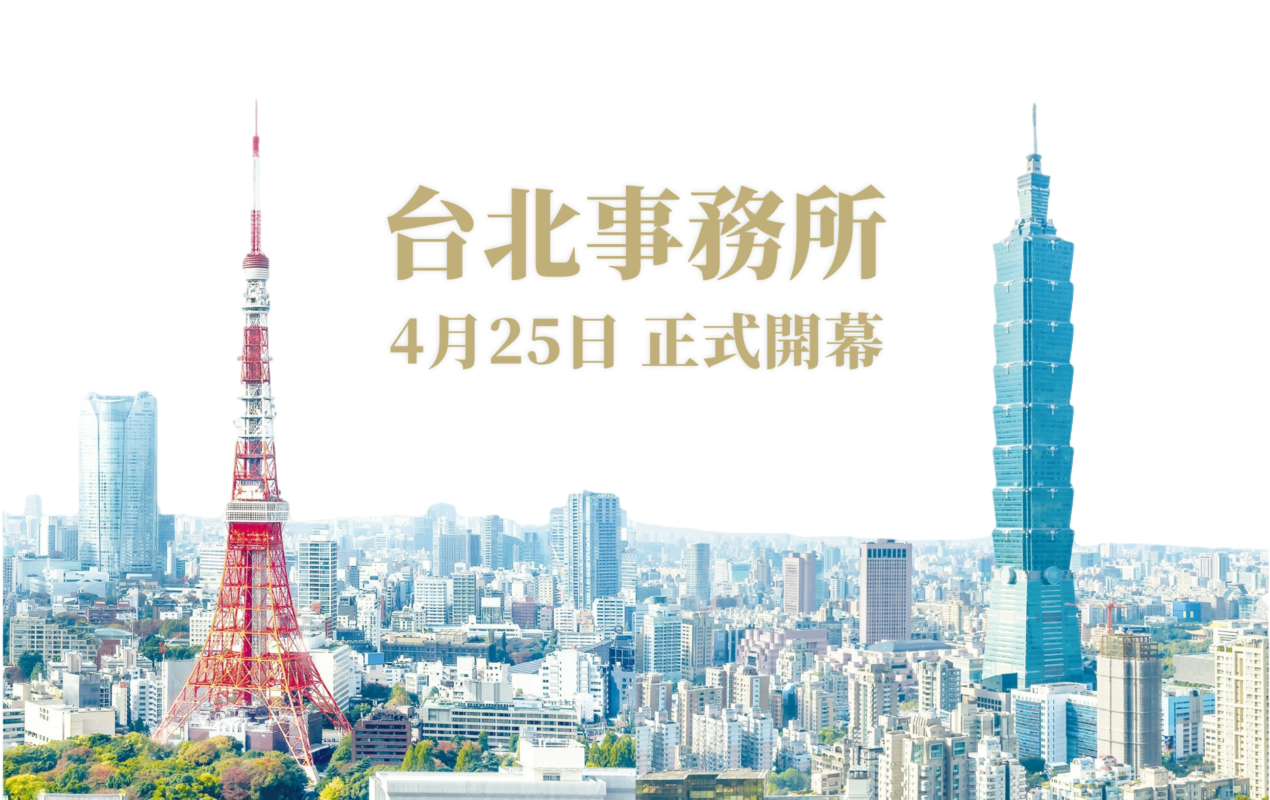Afternoon tea symbolizes a luxurious time to enjoy tea, light meals, and sweets. Its origins date back to 19th-century England, but it has evolved uniquely in various parts of the world, including Japan. This article will clearly explain the history and culture of afternoon tea, as well as the latest trends.
1. The Origin of Afternoon Tea: Afternoon Luxury in 19th Century England
The history of afternoon tea dates back to 19th-century England. At that time, Anna Maria Russell, the 7th Duchess of Bedford, started the practice of enjoying tea and light snacks to satisfy her hunger between lunch and dinner. This "afternoon tea time" quickly spread among the upper class and became a social gathering.
What is particularly characteristic is the beautifully arranged food served on a three-tier stand. The format of enjoying sandwiches, scones, and cakes in that order allows one to appreciate not only the aroma of the tea but also the visual beauty of the presentation.
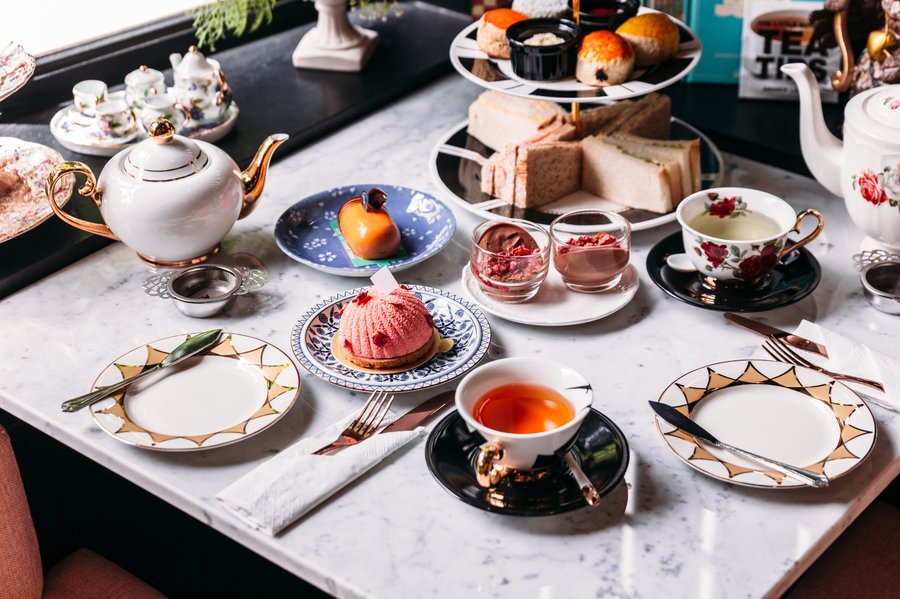
Beautifully arranged on a three-tier stand
2. Introduction to Japan: The Fusion of Eastern and Western Afternoon Tea
Afternoon tea was introduced to Japan during the Meiji era, amidst the wave of civilization and enlightenment. The British-style tea sets offered in the foreign settlements of Yokohama and Kobe sparked the spread of tea culture in Japan.
However, Japanese afternoon tea did not simply adopt the original concept. It incorporated unique arrangements, such as pairing tea with traditional Japanese sweets and integrating sencha and matcha. Seasonal delights, like cherry blossom sweets in spring and chestnut or pumpkin desserts in autumn, vividly reflect the culture of enjoying the four seasons.
3. Afternoon Tea Around the World: A Comparison of England, Japan, and Asia
Afternoon tea has evolved uniquely around the world, adapting to local customs.
• British Style: A formal style featuring a classic three-tier stand with sandwiches, scones, and sweets.
• Japanese Style: Characterized by seasonal tea times that include wagashi (Japanese sweets) and matcha treats.
• Hong Kong and Taiwan: A unique style incorporating Chinese dim sum, such as egg tarts and xiaolongbao (soup dumplings).
In Asia, the inclusion of Chinese dishes and fruits in tea sets offers new ways to enjoy tea. Understanding the regional differences can make afternoon tea feel even more special.
4. The Evolution of Savory: A New Style Where Light Meals Take Center Stage
When we think of afternoon tea, we often picture sweets as the main attraction. However, in recent years, savory dishes are gaining attention.
• Classic Savory: Sandwiches and quiches are served to complement the tea.
• Japanese Arrangements: Dashi-maki tamago (Japanese omelette) and miso-flavored light snacks have emerged, allowing for pairing with Japanese tea.
With the evolution of savory options, afternoon tea has expanded into a style that can be enjoyed even by those who are not fond of sweets.
5. Surprising Facts About Afternoon Tea: What’s the Difference from High Tea?
Afternoon tea is often confused with high tea, but they are actually quite different.
• Afternoon Tea: An elegant time enjoyed by the aristocracy as a light meal in the afternoon.
• High Tea: A culture where the working class enjoyed substantial dishes (like pies and meatloaf) for dinner.
The origin of the names is also interesting; afternoon tea is sometimes referred to as "low tea" because it is served at low tables, while high tea is served at taller tables, hence its name.
A Special Moment Accompanied by the Aroma of Black Tea
Afternoon tea is a unique culture that blends the aroma of black tea, beautiful presentation, and the flavors of light meals and sweets. By understanding the merits of everything from British traditions to Japan's unique arrangements, you can make your tea time even more enjoyable.
Why not take a moment during your next tea time to reflect on the afternoon tea cultures from around the world along with your cup of tea?



